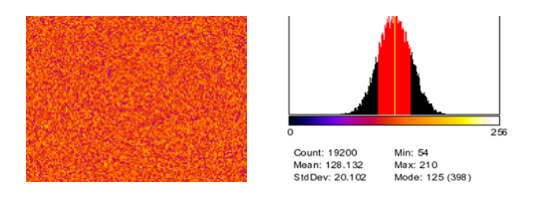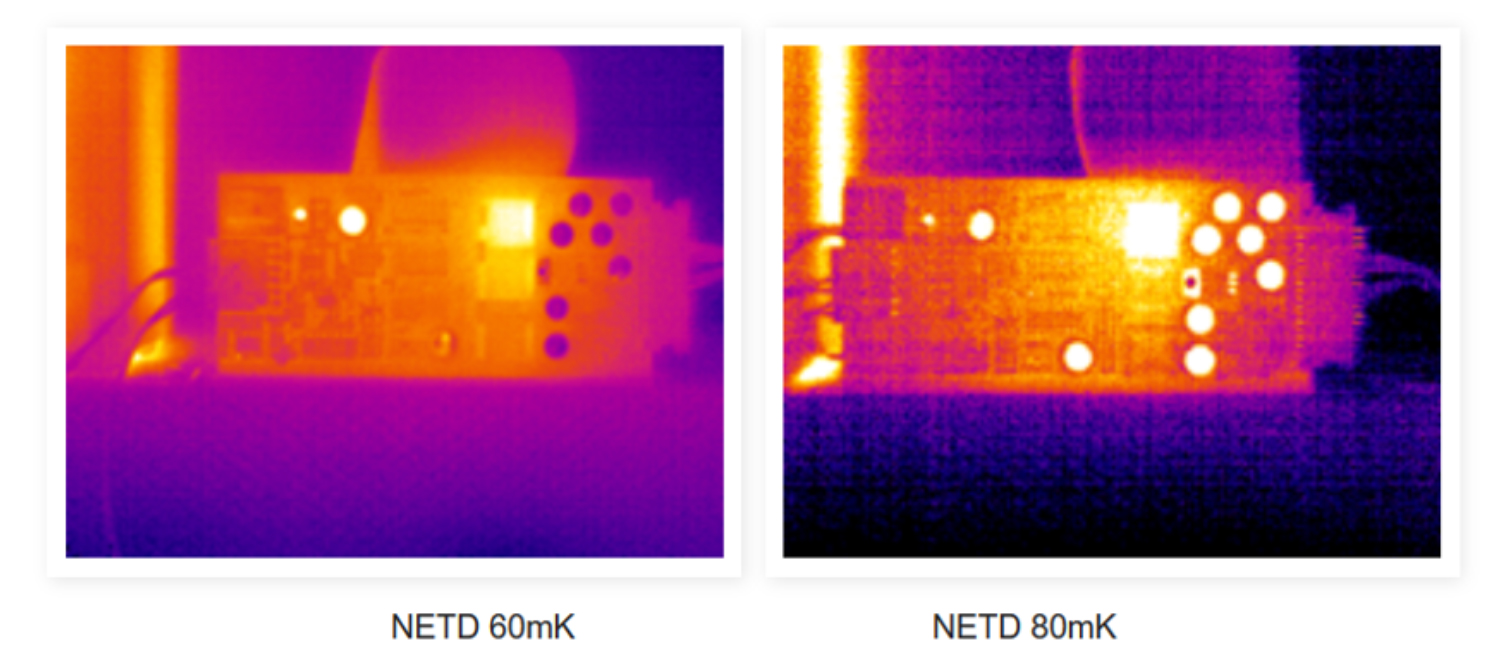What is "NETD" in thermal imaging cameras?
Sales Engineer: Grace Gao
Email: grace@bri-elec.com
WhatsApp: 0086-199 2997 5286
NETD explained
When you look at the technical details of a thermal imaging camera, you may come across the expression or specification "NETD". This expression stands for "noise equivalent temperature difference". It measures the ability of a thermal imaging detector to distinguish small differences in thermal radiation in an image. NETD is usually expressed in millikelvin (mK). Sometimes called "thermal contrast". When the noise equals the smallest measurable temperature difference, the detector has reached the limit of its ability to resolve a useful thermal signal. The more noise there is, the higher the NETD value of the detector.
Typical values for uncooled microbolometer detector thermal cameras are approximately 45 mK. Scientific cameras equipped with photon-based and cryogenically cooled detectors can achieve NETD values of approximately 18 mK. Noise measurements at specific object temperatures should be specified as this will affect the measurement. Example: NETD @ 30C: 60 mK.
How is NETD measured?
To measure the detector's noise-equivalent temperature difference, the camera must be pointed at a temperature-controlled blackbody. The blackbody needs to be stabilized before starting measurements. The noise equivalent temperature difference is then measured at a specific temperature. It is not a single snapshot measurement, but a time measurement of noise.

The image on the left shows a noisy thermal image produced by a camera observing a very uniform black body during a measurement. The image on the right shows a histogram of all pixel values taken from multiple images over time. It is the time distribution of noise at that temperature. The NETD value is the standard deviation of this histogram (STDEV) converted into mK.
How does NETD affect measurements?
The image below shows the same scene captured by two different cameras. One camera has a NETD of 60 mK and the second camera has a NETD of 80 mK. Areas of the image that are extremely cold show significantly more noise in images taken with the 80 mK camera. A difference of 20 mK may not seem like much, but it has a potentially huge impact on image quality and measurement accuracy.

What affects NETD?
1. Calibrated temperature measurement range. If you choose different temperature measurement ranges and object temperatures, the noise readings will be different. As long as there is significant thermal contrast in the image and the temperature of the target area is much higher than the background temperature, there will be no great harm to the measurement accuracy.
2. Detector temperature. If the thermal imaging camera is placed in a higher temperature, the system noise will increase, depending on the internal stability of the thermal imaging camera. Internal temperature drift can be observed between non-uniformity calibrations or NUCs, which may be a few minutes apart.
3. The aperture series of the camera lens. The f-stop or f-number of the camera lens determines how the thermal radiation reaches the detector. Generally speaking, the lower the aperture level, the better the noise value.
Sales Engineer: Grace Gao
Email: grace@bri-elec.com
WhatsApp: 0086-199 2997 5286

